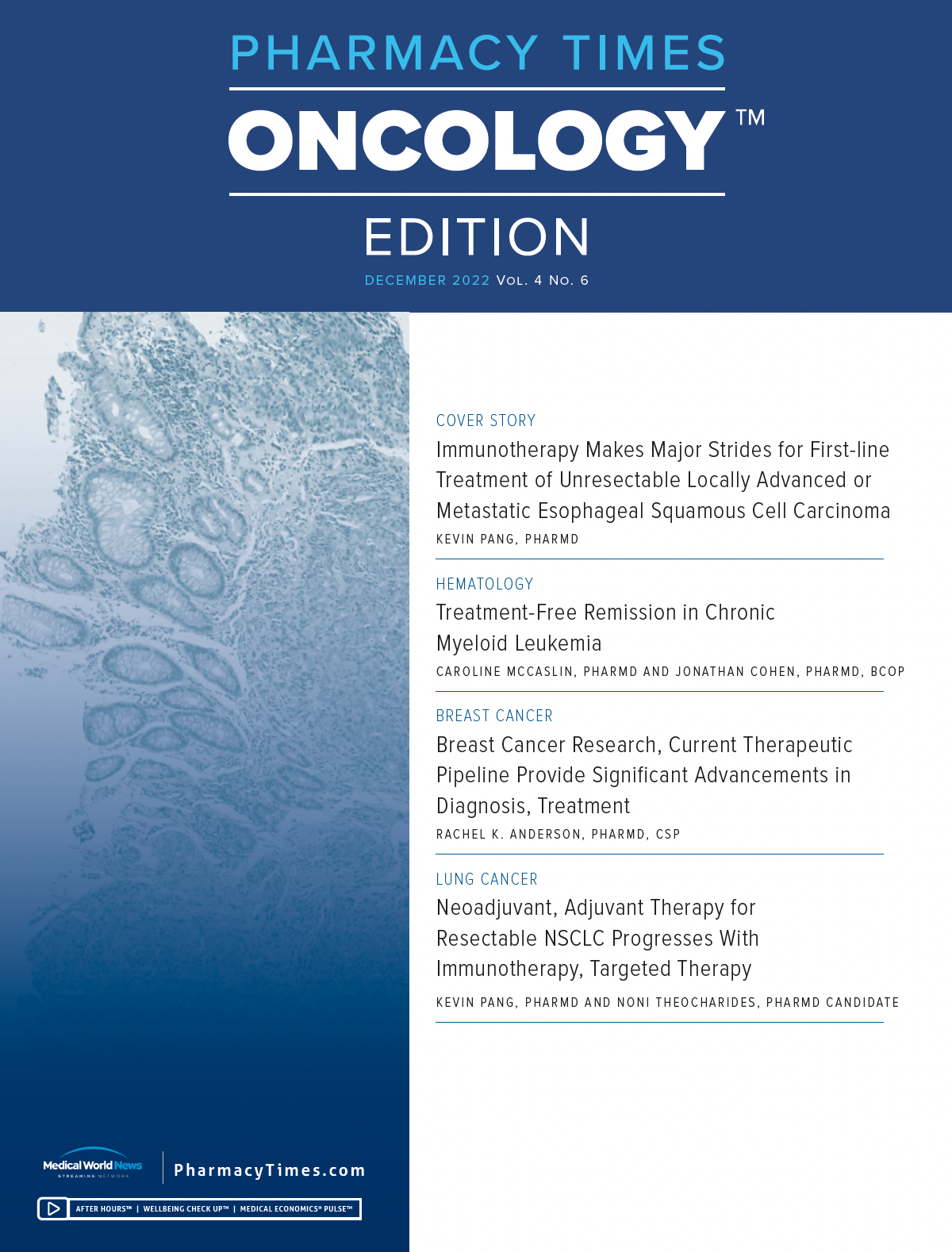Publication
Article
Pharmacy Practice in Focus: Oncology
The Right Professional Connectivity May Get US Through the Challenges of an Age of Ultracommunication
Author(s):
A focus on developing positive connectivity among colleagues may help support hematology/oncology pharmacists’ efforts to advocate for roles that optimize their personal and institutional value.
Over the past year, there have been an increasing number of discussions at professional conferences and in hematology/oncology pharmacy publications highlighting the challenges that professionals in the field are facing in their workplace environments. The challenges discussed include increasing workload demands, resource shortages, and a lack of professional opportunities; however, these are but a few of the factors contributing to the increasing rates of burnout among hematology/oncology pharmacists.
With the close of the year nearly upon us, we often find ourselves reflecting on our professional situations as we plan for a new year. Although some may be contemplating career changes, others are deciding to remain where they are. With these differing decisions among professionals in the same field, the question remains: What are the experiences or situations that are causing some to stay and others to leave?
Workplace stress, fatigue, and burnout are not new for clinicians in oncology settings. However, the rate of oncology pharmacists leaving practice for alternative careers has accelerated. Since the early 1980s, numerous publications have covered the occurrence of chronic stress, emotional exhaustion, and burnout among professionals in the field. Although personality characteristics may contribute to some factors leading to burnout, we have long known that professionals who have a sense of personal control over what is occurring in their personal lives and professional environments experience a greater ability to protect against some of the common symptoms of burnout.
For this reason, strategies that focus only on developing personal resilience as a means of managing workplace stress and avoiding burnout are unlikely to be sufficient because the relative contribution of personal and workplace factors can differ among individuals, depending on their personal situations and needs. Additionally, it seems unlikely that hematology/oncology pharmacists who have remained in their current position for 5 to 10 years or longer have been able to do so purely due to higher personal resilience characteristics, lower workload demands, or particularly unique workplace environments.
However, it is also worth considering how the nature of hematology/oncology clinical practice has changed over the past few decades. The administrative components of clinical care for individual clinicians were previously less onerous, and although the workload metrics have been (and continue to be) difficult to define and quantify, the pressure to justify a current hematology/oncology pharmacist’s position—even in the setting of a staffing shortage—can be difficult to comprehend. The need for constant connectivity and communication in this new professional environment post pandemic has required the use of multiple interfaces (eg, electronic health record portals, messaging, email, etc) and devices, with each one often requiring time to effectively use and manage. And, of course, cancer therapeutics have become increasingly complex as well.
What has not changed, however, is the importance and value that hematology/oncology pharmacists provide in oncology care and practice. We continue to demonstrate value through innovative practices and measures and professional relationships, as well as within unique settings. Hematology/oncology pharmacists are passionate about their work, are collaborative with their work colleagues, and embrace opportunities to support new practitioners and recent resident graduates taking on roles within their institutions.
The connectivity that hematology/oncology pharmacists feel among one another, as well as with other health care professionals, can be fueled by attending and participating in professional meetings and organizations, participating in workplace and external collaborations, and advocating for patients with cancer and their caregivers. In this way, a focus on developing positive connectivity among colleagues that go beyond the day-to-day may help support hematology/oncology pharmacists’ efforts to advocate for roles that optimize their personal and institutional value and highlight their contributions toward enhancing patient care and clinical outcomes.
About the Editor
Lisa E. Davis, PharmD, FCCP, BCPS, BCOP, is the new editor in chief of Pharmacy Times Oncology Edition. Davis holds positions as a clinical pharmacist in early-phase clinical trial and breast cancer programs at the University of Arizona (Arizona) Cancer Center and a clinical professor of pharmacy practice and science at the Arizona R. Ken Coit College of Pharmacy. Davis also sits on the Hematology/Oncology Pharmacy Association Board of Directors and is a member of the Cancer Prevention and Control Program and scientific review committee at teh Arizona Cancer Center.







